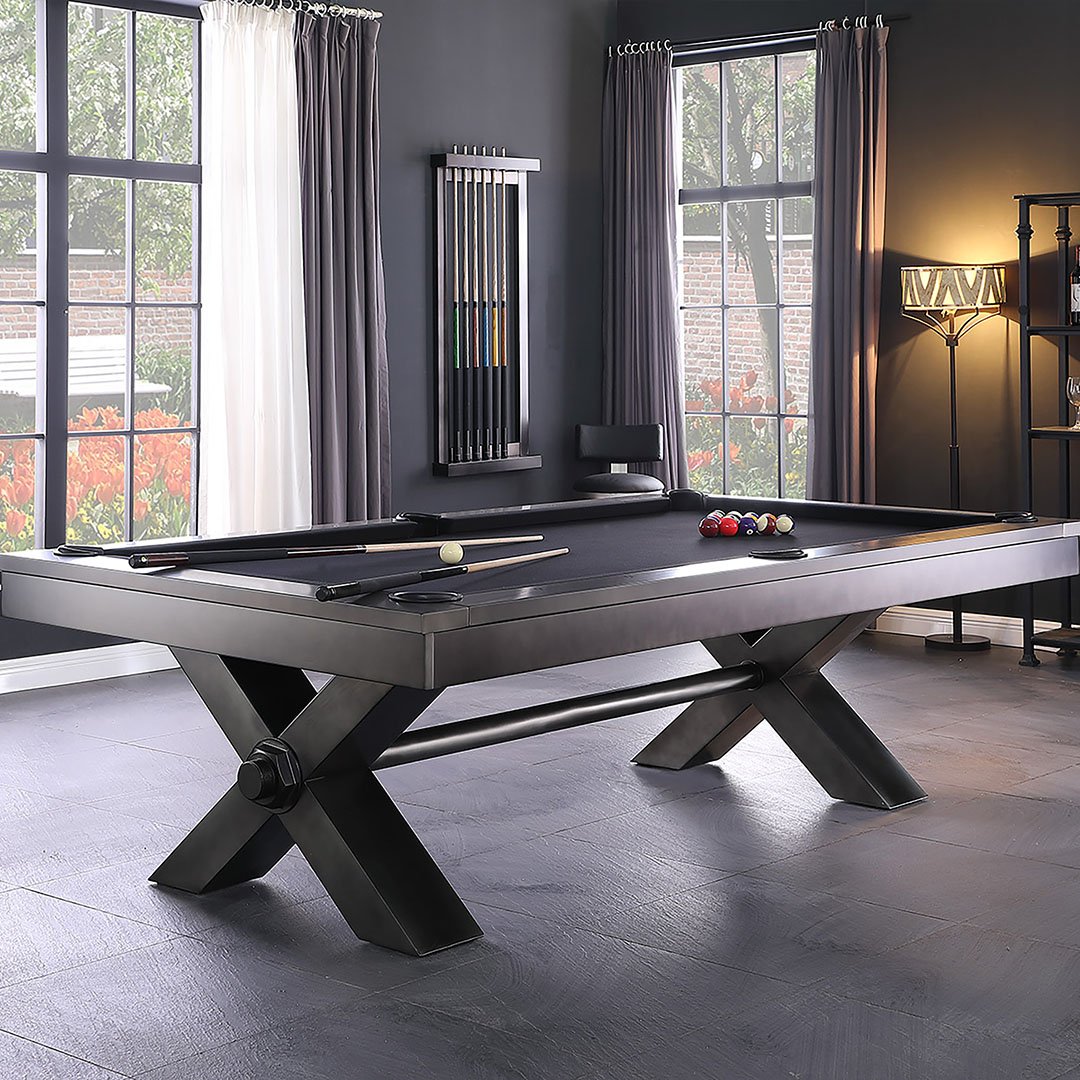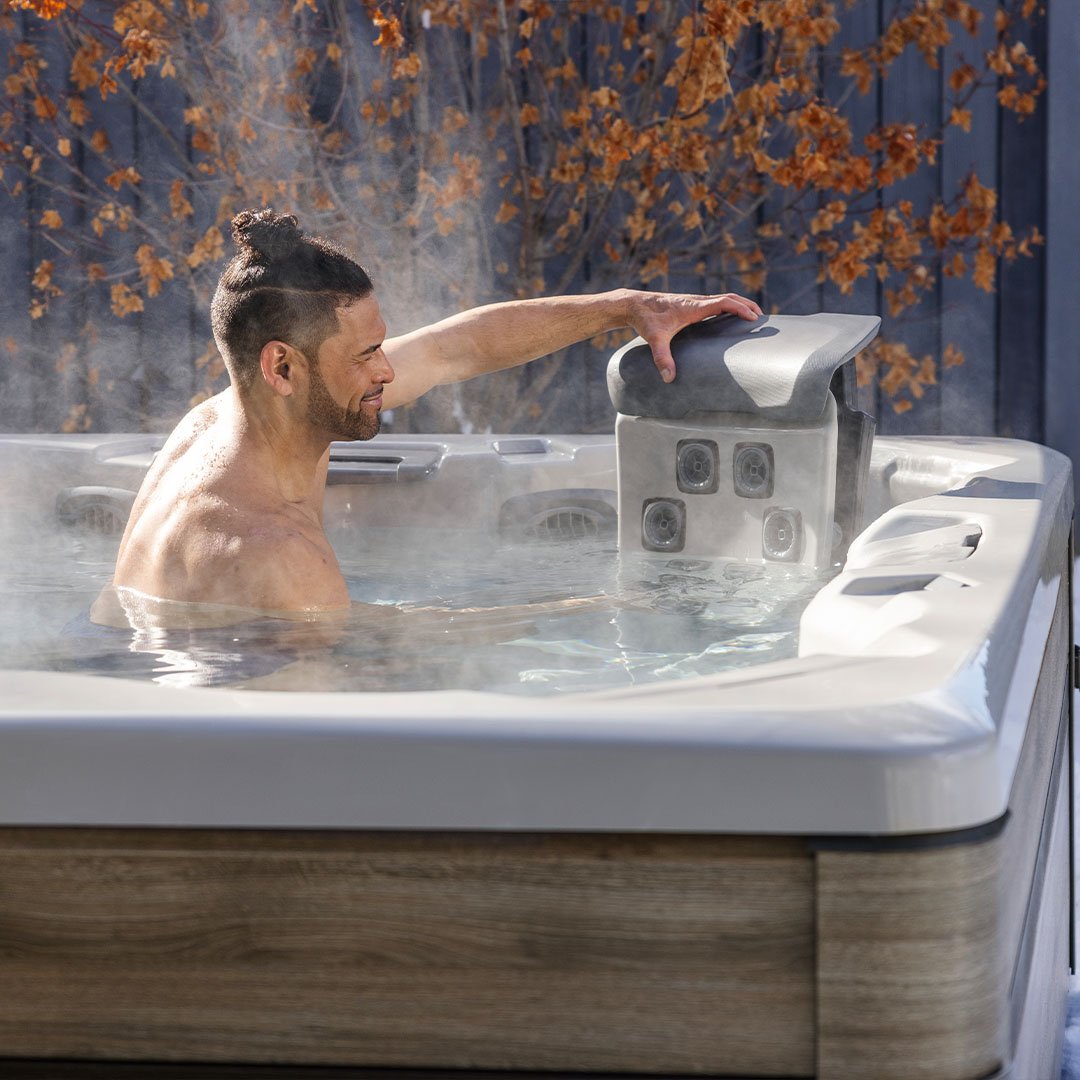How to Winterize Your Inground Pool's Plumbing: The Complete Guide
As the first autumn chill whispers through the air, pool owners face an essential task: winterizing their swimming pool. This often-overlooked process is the key to preserving your pool's health and ensuring it's ready for next summer's splashes and laughter. Knowing how to properly winterize your inground pool's plumbing can save you time, money, and headaches. It protects against freeze damage, simplifies spring opening, and stands as a cornerstone of responsible pool ownership.
Seasoned pros and first-time owners alike benefit from understanding the why, when, and how of this vital task. Armed with expert knowledge, you'll transform what might seem like an intimidating chore into a straightforward process. Let's begin!
The Importance of Winterizing Your Inground Pool's Plumbing
Winterizing your pool's plumbing isn't just a recommended practice—it's a necessity for pool owners in regions with colder temperatures. Here's why it's so important:
- Preventing Freeze Damage: Pool water expands when it freezes, causing pipes, pumps, and filters to crack or burst. Proper winterization removes water from these components, including the main drain, preventing costly damage.
- Protecting Equipment Longevity: Proper winterizing safeguards against freeze damage and shields your equipment from corrosion and wear that can occur during the off-season.
- Cost Savings on Repairs and Replacements: The minimal cost and effort of winterization pale in comparison to the potential expenses of repairing or replacing damaged pool equipment.
- Easier Spring Opening Process: A well-winterized pool is much easier to open in the spring. You'll spend less time cleaning and balancing the water, getting you back to swimming sooner.
- Maintaining Water Quality During the Off-Season: Proper winterization, including balancing water chemistry, helps prevent algae growth and keeps your water cleaner throughout the winter months, reducing the work required to get your pool swim-ready in spring.
Embracing this essential process means protecting your investment and ensuring years of worry-free enjoyment in your backyard oasis.
When to Start and How to Prepare
Timing and preparation are critical for effective pool winterization. You should begin the winterization process when the water temperature consistently stays below 65°F (18°C). This usually occurs when nighttime temperatures regularly dip below 50°F (10°C). Choose a clear, calm day for winterizing, as this makes the process easier and ensures chemicals mix properly.
Before winterizing, thoroughly clean your pool. Brush the walls and floor, vacuum any debris, and clean the skimmer and pump baskets. This step is essential for maintaining water quality throughout the winter months.
Proper chemical balance is also necessary for winter protection. Test and adjust your pool's chemistry to these levels:
- pH: 7.2 to 7.6
- Alkalinity: 80 to 120 ppm
- Calcium hardness: 180 to 220 ppm
- Chlorine: 1 to 3 ppm
Tools and Materials Needed
Gathering the right tools and materials beforehand ensures a smooth and efficient winterization process.
Essential equipment includes:
- Pool cover (safety cover or winter cover)
- Air compressor or shop vac
- Winterizing plugs for return lines and skimmers
- Pool antifreeze (non-toxic)
- Pool brush and vacuum
- Water test kit
These items form the foundation of your winterization toolkit, allowing you to protect your pool's plumbing and maintain water quality throughout the off-season.
For a more comprehensive approach, consider these other recommended products:
- Winter closing chemical kit
- Pool cover pump
- Skimmer plugs or grills
- Rubber expansion plugs
- Pool pillow (for above-ground pools)
A winter closing chemical kit simplifies the process of balancing your pool's chemistry for the winter months. The pool cover pump proves invaluable for removing standing water from your cover, preventing ice damage and debris accumulation. Skimmer guards and rubber expansion plugs offer additional protection against water entering your plumbing system during winter.
With these tools and materials at your disposal, you'll be well-equipped to tackle the winterization process effectively. Watson's has your back in this endeavor, offering a comprehensive selection of all the tools and products you could need to winterize your pool's plumbing. From essential equipment to specialized winterizing products, Watson's ensures you have everything necessary to protect your pool investment throughout the cold months.
Step-by-Step Guide to Winterizing Inground Pool Plumbing
Follow these steps to properly winterize your pool's plumbing system:
- Lower the Water Level: For inground pools, reduce water 4-6 inches below the skimmer opening. Above-ground pools require lowering 4-6 inches below the return fittings.
- Blow Out the Lines: Use an air compressor or shop vac to remove water from the skimmer line, return lines, and main drain. Continue until only air bubbles emerge from the return fittings.
- Add Antifreeze (if necessary): In severe winter areas, add non-toxic pool antifreeze to the lines after blowing them out. This step is particularly important for saltwater pools.
- Remove and Store Equipment: Take out ladders, slides, diving boards, and other removable accessories. Clean, dry, and store these items in a dry place for winter.
- Plug Pool Openings: Insert winter plugs into return fittings. Protect skimmers with a skimmer guard or Gizzmo. Ensure the main drain valve is closed tightly.
- Winterize the Pump and Filter: Drain all water from the pump, filter, heater, and chlorinator. Remove drain plugs and store them in the pump basket. Backwash sand or DE filters thoroughly before draining.
- Cover the Pool: Securely install your winter cover or safety cover. For above-ground pools, place air pillows before covering the pool to prevent ice damage.
Remember to consider some special factors based on your pool type. For inground pools, ensure the cover is taut to prevent sagging and water accumulation. Above-ground pool owners should use a cable and winch to secure the cover tightly around the pool's perimeter.
Careful adherence to these steps protects your pool's plumbing system, regardless of whether it's a traditional chlorine or saltwater pool. This winterization process ensures your pool remains in excellent condition throughout the cold months, ready for a stress-free opening when warm weather returns.

Common Mistakes to Avoid
When winterizing your pool's plumbing, even small oversights can lead to significant problems. Making a mistake during this process could cost you hundreds, if not thousands, of dollars in repairs come spring. That's why it's necessary to approach winterization with diligence and attention to detail.
Here are some common pitfalls to steer clear of:
- Waiting Too Long to Winterize: Procrastination can lead to freeze damage if temperatures drop unexpectedly.
- Incomplete Water Drainage: The most common and costly mistake is failing to remove all water from pipes and equipment.
- Skipping Chemical Balance: Proper water chemistry prevents staining and makes spring opening easier.
- Neglecting the Cover: A loose or damaged cover can lead to debris accumulation and more work in spring.
- Forgetting to Remove All Accessories: Leaving items like ladders or rails in the pool can damage both the items and the pool liner.
Avoiding these mistakes not only protects your pool but also saves you time, money, and frustration when the swimming season rolls around again. A little extra care during winterization pays off in a smoother, more enjoyable pool opening experience.
Why Choose Watson's for Your Pool Winterizing Needs
At Watson's, we're committed to making your pool winterization process as smooth and effective as possible. Our comprehensive selection of winterizing products and pool parts includes everything you need to protect your pool's plumbing, from winterizing plugs and skimmer guards to air compressors and pool antifreeze. We offer:
- A wide range of high-quality items from trusted brands in the industry
- Expert staff ready to provide tailored advice for your specific pool
- Lowest price guarantee on all our products
- All the essential pool parts and equipment for thorough plumbing winterization
Our goal is to ensure you have everything you need to protect your pool investment throughout the winter months. For personalized assistance and to explore our full range of winterizing solutions, visit your nearest Watson's location today.
FAQs
How long does it take to winterize a pool?
An experienced person typically takes 2-3 hours to winterize a pool. The process includes lowering water levels, blowing out plumbing lines, adding antifreeze if necessary, removing equipment, balancing chemicals, and covering the pool.
Can I winterize my own pool?
Yes, you can winterize your pool if you're comfortable with the process and have the necessary tools. However, if you're unsure or have a complex pool system, it's best to hire a professional to ensure proper winterization.
What happens if you don't winterize your pool?
Failing to winterize your pool can lead to severe damage from freezing water, including cracked pipes, damaged pumps and filters, and even structural damage to the pool itself. It can also result in poor water quality and a difficult spring opening process.
Topics: Pool - Above Ground Pools, Pool - Semi-inground Pools, Pool - Supplies, Pool - Equipment











